Impact
Below is my CV and a writing samples. Please contact me for more information
Below, you can view my curriculum vitae and samples of my writing. My CV provides an overview of my academic background, research, teaching experience, and consulting work. The writing sample highlights my ability to translate complex concepts into accessible and impactful insights. Feel free to download them, and if you’d like to collaborate, contact me here.
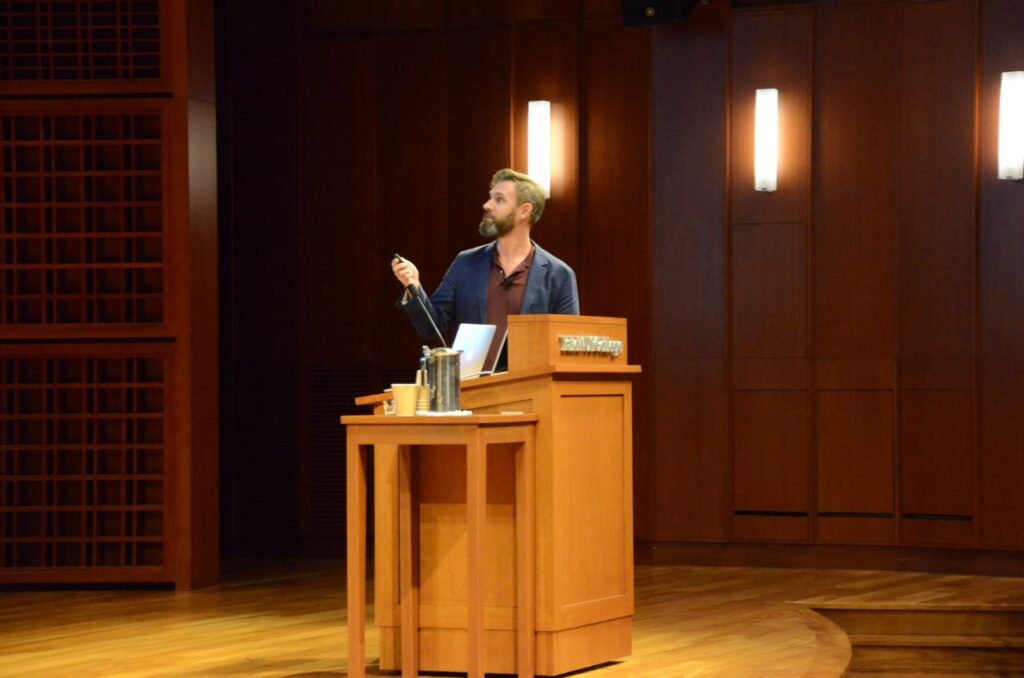
CV
Download CV Here
I’m a research psychologist, educator, and consultant specializing in cognitive science, instructional design, and neuroeducation. My work focuses on enhancing learning, decision-making, and human potential through psychology, AI, and evidence-based strategies.
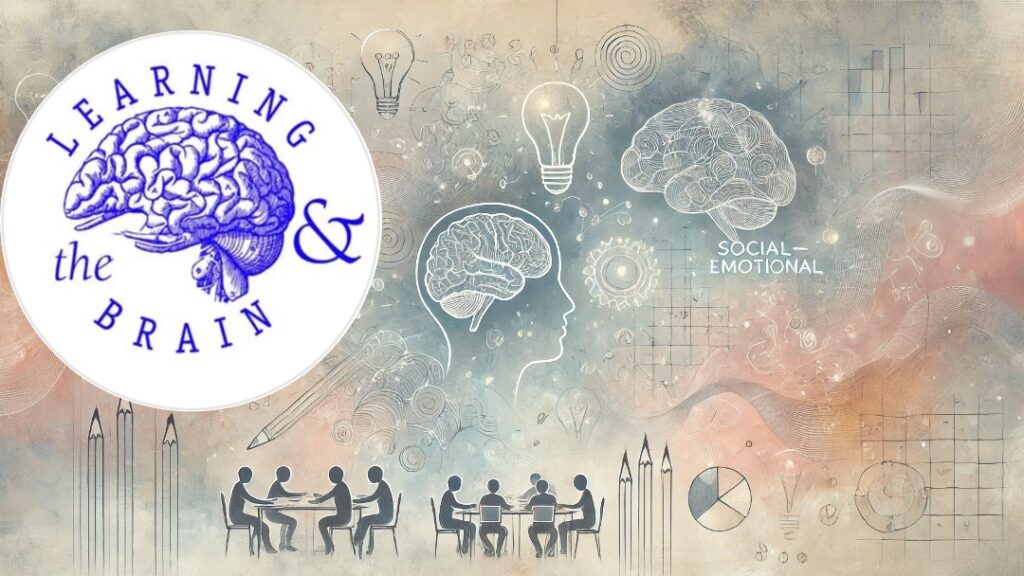
Link to Book Reviews
Role: Book-Review Writer
Learning & the Brain connects educators with neuroscience and psychology research to improve teaching and learning through conferences, seminars, and workshops. They provide practical, evidence-based strategies for educators, helping bridge the gap between research and classroom practice.
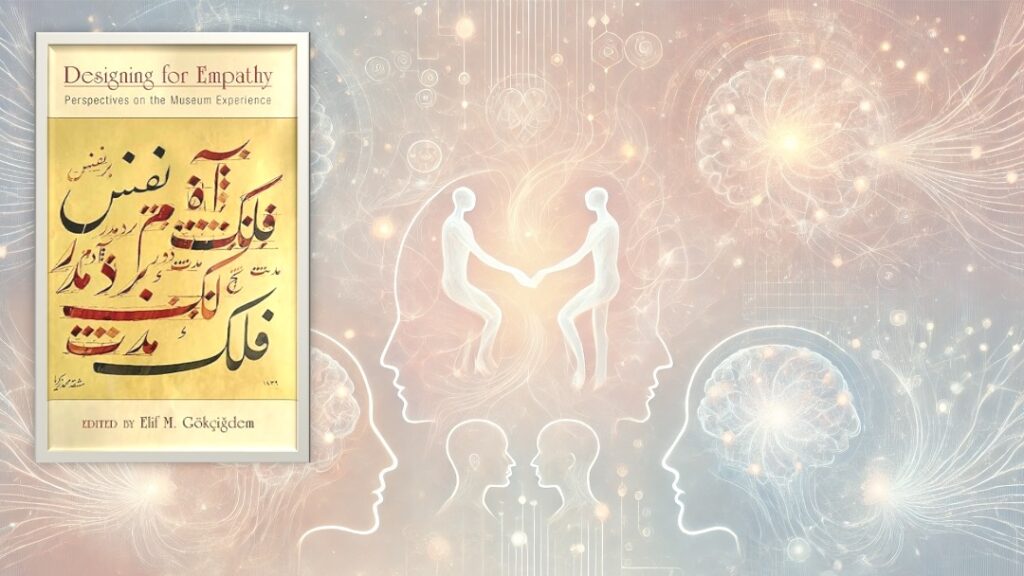
Chapter 2: (The Brain)
“Living Narratives: Neurobiology of Empathy”
Empathy isn’t just about feeling for others—it’s a dynamic skill shaped by both biology and culture. This chapter explores how our brains use personal narratives and body maps to interpret and respond to others’ emotions and intentions. Through examples like sports injuries and Malala’s story, I illustrate how our nervous system transforms observation into lived experience. Mirror neurons, sensory maps, and association networks work together to construct our understanding of others, but these processes aren’t automatic—they’re influenced by experience and learning. Ultimately, fostering empathy means creating new perceptual tools, which is why educators play a crucial role in shaping how we engage with the world.
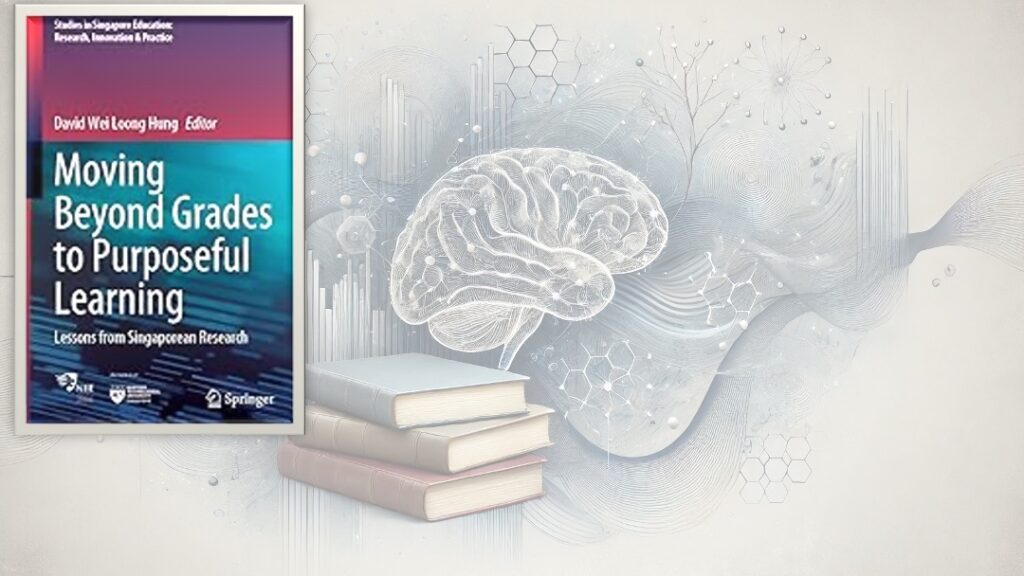
Chapter: Being Conscious of “Interest” in Education
Role: Primary Author
The Chapter critically examines the construct of interest in learning, aiming to refine its conceptual clarity rather than introduce new theoretical frameworks. It explores how interest has been historically understood, distinguishing it from related constructs such as intrinsic motivation, curiosity, passion, and grit while acknowledging their overlaps. The authors argue that interest is not an inherent property of objects but rather a dynamic relationship between the perceiver and the object, influenced by developmental, cognitive, and social factors. They critique the tendency to oversimplify interest through ill-defined measures or predetermined categorizations, emphasizing the need for a more nuanced, metatheoretical approach. Ultimately, the paper seeks to create an analytical space for better understanding interest, challenging assumptions and encouraging more precise research and educational applications.
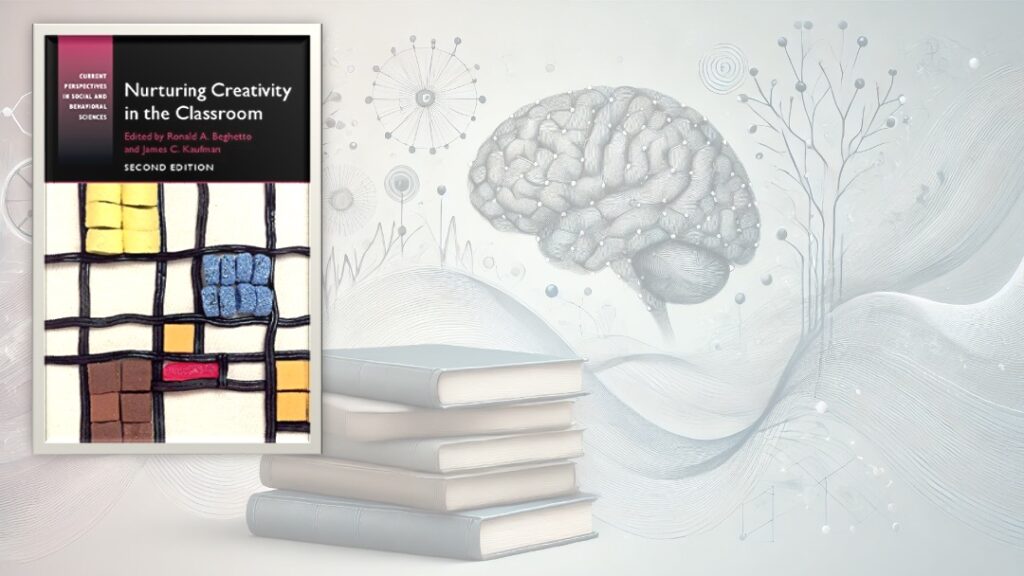
Chapter 17: How social-emotional imagination facilitates deep learning and creativity in the classroom.
Role: Second Author
The Chapter explores how social-emotional imagination enhances deep learning and creativity in the classroom by helping students envision different perspectives, emotions, and future possibilities. It highlights the default mode network (DMN) as a key brain system supporting reflection, meaning-making, and creative thought, contrasting it with task-oriented focus. The authors argue that education often undervalues imagination, leading to diminished creativity and long-term engagement. They propose fostering imagination through structured reflection, daydreaming, and perspective-taking to support persistence, problem-solving, and personal goal-setting. Ultimately, they advocate for education reforms that balance cognitive rigor with creative thinking to prepare students for a rapidly changing world.

Resting as Knowing: A Lagged Structure Analysis of Resting State fMRI with Application to Mind Wandering during Oral Reading (dissertation)
Role: Author
This study examines how the brain’s resting activity influences mind wandering during oral reading using a novel lagged structure analysis of fMRI data. By analyzing brain scans from 54 adolescents, researchers tracked how different brain regions interact over time. Using independent component analysis (ICA), they identified symmetrical neural components across hemispheres, potentially linked to high-level perceptual systems. A key finding was that variations in the lag structure of the occipital cortex, responsible for visual processing, correlated with how often participants’ minds wandered while reading aloud. This suggests that the brain’s intrinsic timing mechanisms, rather than just moment-to-moment distractions, play a role in mind wandering. The study highlights that resting-state neural activity might reflect persistent knowledge representations, influencing cognitive engagement during reading tasks. By investigating how brain activity unfolds over time, this research provides new insights into the connection between resting-state dynamics and attention during structured cognitive tasks..
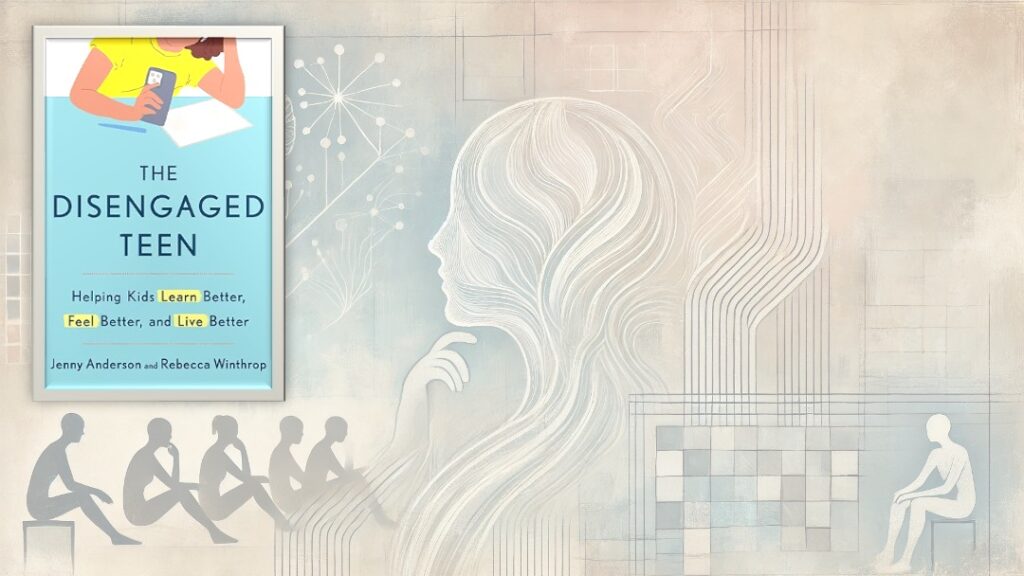
Consultant on Neuroscience and Psychology
Role: Consultant
Authors: Jenny Anderson and Rebecca Winthrop
I worked with the authors assisting in the research analysis, writing, translation of science, and fact checking
The Disengaged Teen explores why many students feel disconnected from learning and how to re-engage them meaningfully. It introduces four learning modes—Resister, Passenger, Achiever, and Explorer—to help educators and parents understand different disengagement patterns. The book emphasizes that engagement isn’t just about effort; it’s about making learning personally relevant and emotionally fulfilling. It offers research-backed strategies to foster curiosity, motivation, and long-term success in students. Ultimately, the authors advocate for rethinking education to cultivate deeper learning, well-being, and creativity in young people.
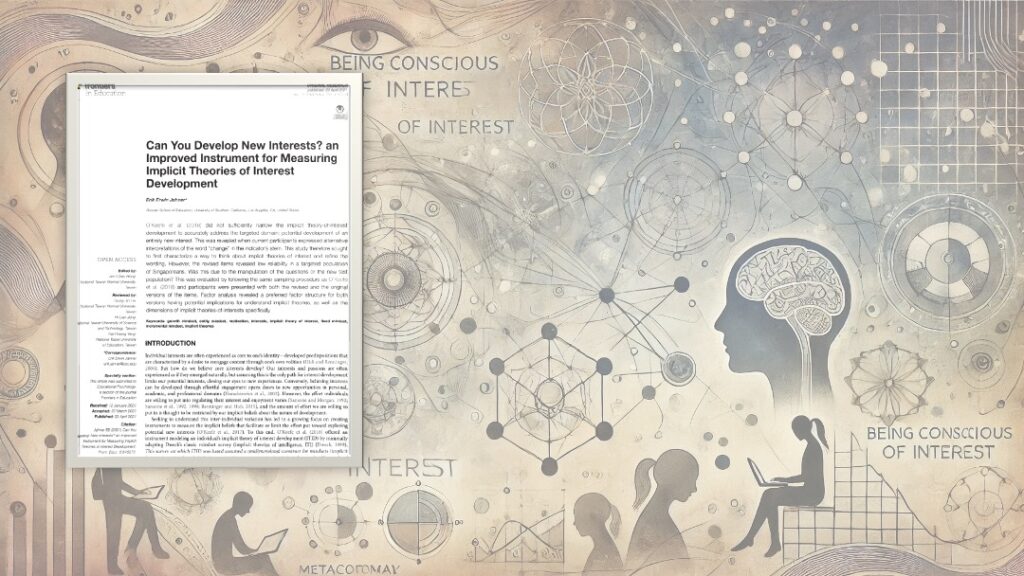
Can You Develop New Interests? an Improved Instrument for Measuring Implicit Theories of Interest Development
Role: Author
O’Keefe et al. (2018) tried to measure whether people believe they can develop entirely new interests, but their wording was too broad, leading to misinterpretations. This study refined their survey by replacing vague language with clearer terms and tested it in Singaporean and U.S./Indian samples. A key finding was that implicit theories of interest development seem to have two distinct dimensions rather than one. The study also highlighted how semantic nuances in survey design can significantly affect validity. Ultimately, better instruments are needed to accurately measure and understand how people think about developing new interests.
